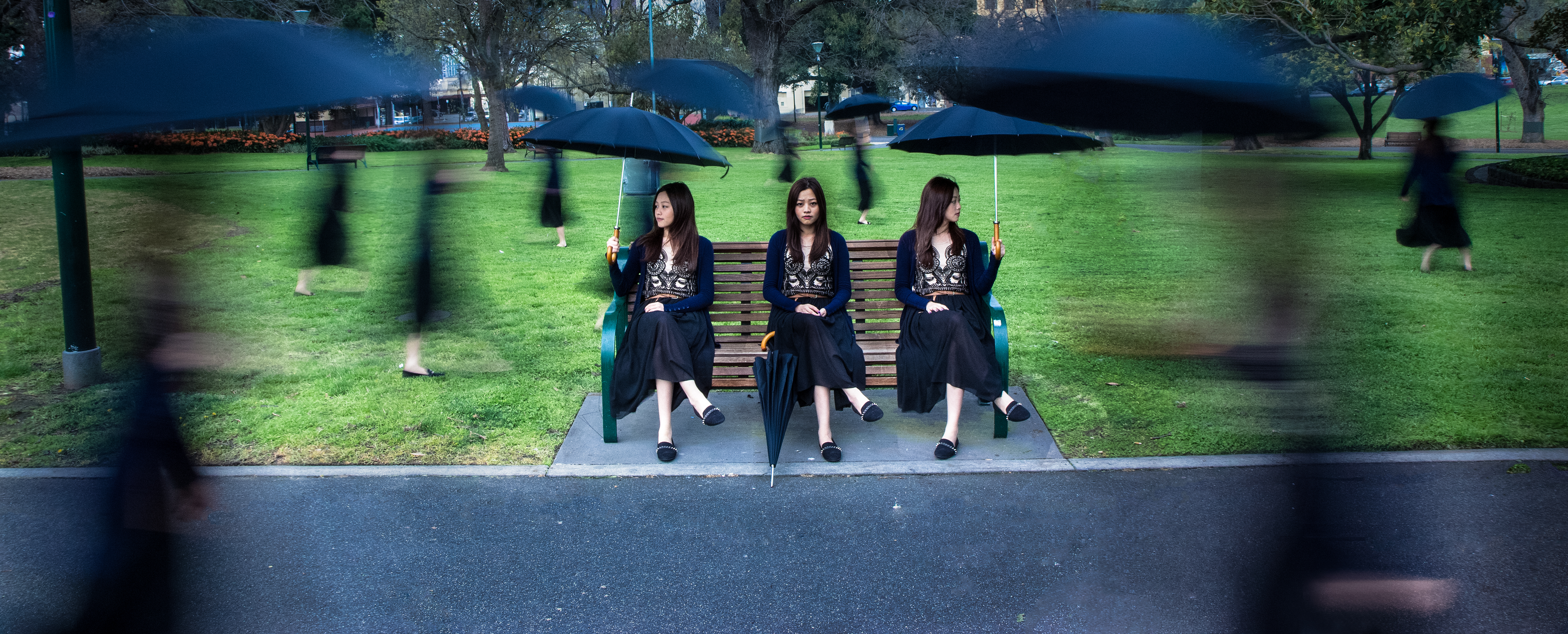Question 1:
The lecture that was covered during week 7 was the key and basic principles of lighting and some introduction to the equipments and the use of different type of lights. Lighting in my film plays a very important role, not because we want the most light out of the daylight, but because we need to restraint our lights during the daytime to create a darker scene. Most of our group members are not quite familiar with the use of light, but because of the lecture we actually sort of have an idea on what light to use and how to use black cloth or cardboard to restraint the light.
Question 2:
Week 7’s reading about “Lighting a scene” definitely highlights some key point that could help us with our short film. Since we are shooting mostly indoor, it is stated that for day interior, windows are the most logical light resources. If the major light source is window, it might be obvious to the audience that the time during your shooting which we do not want it. For our film, it is located at a garage, which is being set up as a ‘Bunker’. We definitely do not want any lights coming in from the window as we are trying to create a darker film. The second key point I got from the reading was the night interior. Since we are to create a night scenes during the daytime, the illusion of night is created by the angle and the distribution of light. Anytime you have a source of light in the frame it adds definition to the picture. So we thought that we definitely need to do something to control the amount of light that is being distributed. During our shoot, we actually cover a black cloth over the light to limit the lights that are coming our and using a pole to adjust the lighting direction and amount of lights that we want during the shoot.
Question 3
Blow Up is a 1966 film directed by Michelangelo Antonioni.
In this scene note the choreography of the actors, camera, frame and focus. As covered in the lecture describe the things Antonioni would have to consider when directing the actors and the camera.
I realize that this film is very complicated even if it looks like a relatively simple scene. Many shots were taken from multiple angles. For example, the opening scene, it started off with a medium close up shot of the men character, and changes to a long shot without moving the camera, but the character himself walking towards to camera to create a long shot.
There were also a lot of angles coming from the top, sides or front. The panning shot for the film would be deliberate, not just because the actors moved sideways but because the director planned this way. It was also mentioned in the lecture that the use of tracking and panning for camera movements, there will be at least three people to operate. There must be several rehearsals with both the camera and actors to ensure the scene goes smoothly as there is a perk for doing these kind of shots, as it might take longer time for the camera set ups and might take multiple takes for a successful shot.
